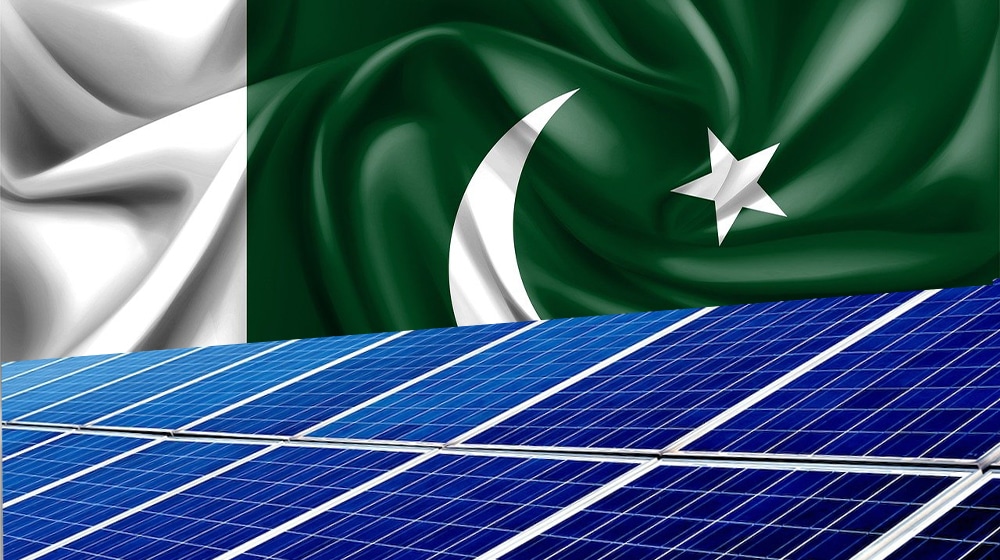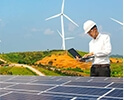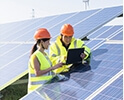
There was a time when installing solar panels was a luxury in Pakistan. Something only a few forward-thinking families or businesses dared to try. But now? Solar adoption is skyrocketing, and it’s not just because of rising electricity bills or falling panel prices—it’s largely due to market policies that are transforming the game.
In this blog, I’ll take you through the real-world trends, explain how government policies impact adoption, and why now might be the best time to jump into solar. If you’re thinking long-term—about your wallet, your environment, and your energy independence—then this is the guide you didn’t know you needed.
Solar Energy in Pakistan: From Niche to Nationwide
Let’s set the scene.
Pakistan’s energy crisis has been a long-standing issue. With power outages, surging utility bills, and imported fuel dependencies, renewable energy—especially solar—has become the knight in shining armor (or should I say, sunlight in shining panels?).
The numbers don’t lie:
- According to NEPRA, solar capacity increased by 53% from 2021 to 2023.
- The residential sector now accounts for over 40% of all net-metered installations.
- More than 100,000 consumers are now using net metering to reduce their energy bills and sell excess power.
But why this sudden boom? The answer lies in the policies powering the movement.
Policy Impact: What’s Fueling Pakistan’s Solar Shift?
So, how exactly are market policies shaping solar adoption trends? Let’s break it down.
1. Net Metering Policy (The Game Changer): Introduced by NEPRA in 2015, net metering allows you to sell excess solar energy back to the grid. This means that if your solar system generates more electricity than you consume, you actually earn credits.
Imagine your meter running backwards—that’s what net metering does.
Want to know more? Read our full blog on Understanding Solar Panel Warranties: What Homeowners Should Know and discover how to protect your solar investment while maximizing returns.
2. Zero Import Duty & Tax Exemptions: Until recently, solar equipment imports were duty-free, encouraging businesses and homeowners to install panels at lower costs. While there’s still some uncertainty in policy (especially in FY2024- 25), many brands are lobbying for continued support to maintain growth.
3. Alternative and Renewable Energy Policy 2019 (ARE-2019): This national policy set the ambitious goal of reaching 30% renewable energy by 2030, with a strong push for decentralized (rooftop) solar. It encouraged private sector participation and introduced competitive bidding, making solar more affordable.
4. Provincial Incentives & Financing: From Punjab’s Solarization Program to State Bank’s green financing schemes, local governments and institutions are finally offering accessible financing for solar adoption, especially for farmers and SMEs.
What Does This Mean for Homeowners and Businesses?
If you’re a homeowner in Karachi, Lahore, or even Multan, you’ve probably seen rooftops lined with solar panels. And if you haven’t made the switch yet, here’s why you should seriously consider it now:
- Electricity costs are unpredictable. Solar offers stability.
- Policies are currently favorable. No one knows for how long.
- Solar has a 7–10 year ROI, and can last 25+ years.
- Energy independence is power. Literally.
Emerging Trends to Watch in 2025 and Beyond
Here’s where it gets exciting.
Hybrid and Off-Grid Systems Are on the Rise: With load shedding still a problem, especially in rural areas, homeowners are switching to battery-backed solar systems that allow for complete energy independence.
AI-Powered Energy Management: Smart inverters and solar tracking apps are helping homeowners monitor energy production and consumption, increasing efficiency.
Agrivoltaics: Solar Meets Agriculture: Farmers are beginning to install solar panels on farmland to power tube wells while utilizing the shaded area for crops—a win-win situation.
Solar Communities: Neighborhood-level solar adoption is being tested in Islamabad, where entire housing societies share solar energy using microgrids. Think of it like a Netflix subscription—but for electricity.
Challenges Still Exist—But So Does Momentum
It’s not all sunshine and roses. Challenges like:
- Policy inconsistency
- Delayed net metering approvals
- Grid stability issues
- Lack of local manufacturing
… still impact growth. But with stronger policy frameworks, industry collaboration, and increasing consumer demand, the future remains bright—no pun intended.
A Call to Action: What You Can Do Now
We’re at a tipping point. Solar is no longer a tech experiment—it’s a reliable utility. If you’re serious about cutting costs, reducing your carbon footprint, or simply taking control of your energy future, the time to act is now.
- Start by auditing your current electricity usage
- Reach out to certified solar providers (like JS Technology)
- Compare system sizes, warranties, and performance guarantees
- Ask about net metering and backup systems
- And most importantly, ask if your installer follows national policy standards
Conclusion: Policy + People = Power Shift
Here’s the real takeaway: Solar Adoption and Market Policies in Pakistan isn’t a passing trend—it’s a policy-driven movement. And the smartest investors right now? They’re not just buying panels; they’re buying peace of mind, power independence, and long-term savings.
We’re not just watching history unfold—we’re becoming a part of it. So, whether you’re a homeowner in Rawalpindi or a business owner in Faisalabad, now’s your chance to be part of the solution.
Because when smart policies meet informed citizens? The sky (or maybe the sun) is the limit.







